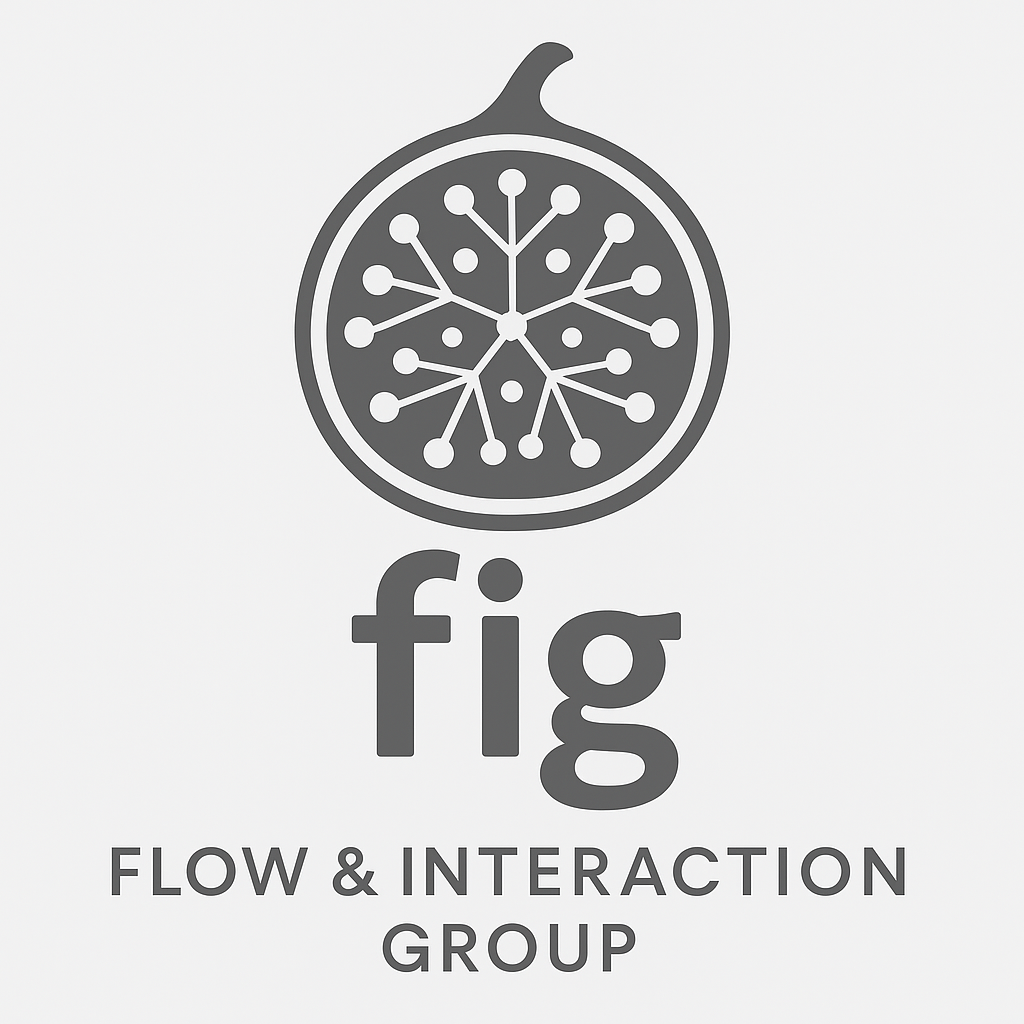Screen Reader Accessible Data Visualisations: Beyond Alt Text and Data Tables
Alt text and data tables are the default fallback when making visualisations accessible—but they only scratch the surface. In collaboration with the MIT Visualisation Group, and drawing on my lived experience as a blind researcher, we set out to explore how data visualisations can be meaningfully navigated and understood through screen readers.
Over six months of co-design and testing with blind and low-vision participants, we identified three key dimensions that matter: structure (how the chart is organised for traversal), navigation (the pathways through data, whether hierarchical, spatial, or direct), and description (the level of detail and order in which information is delivered). Together, these form a design space for building richer screen reader interactions.
Our contribution isn’t a single “solution,” but a set of design goals that practitioners can use: provide layered entry points from overview to detail, support multiple navigation strategies, and balance verbosity so users can build strong spatial mental models without overload.
By framing accessibility as a design problem—not just a technical afterthought—we hope to equip data visualisation practitioners with practical guidance for making visualisations that are not only accessible, but genuinely explorable.

